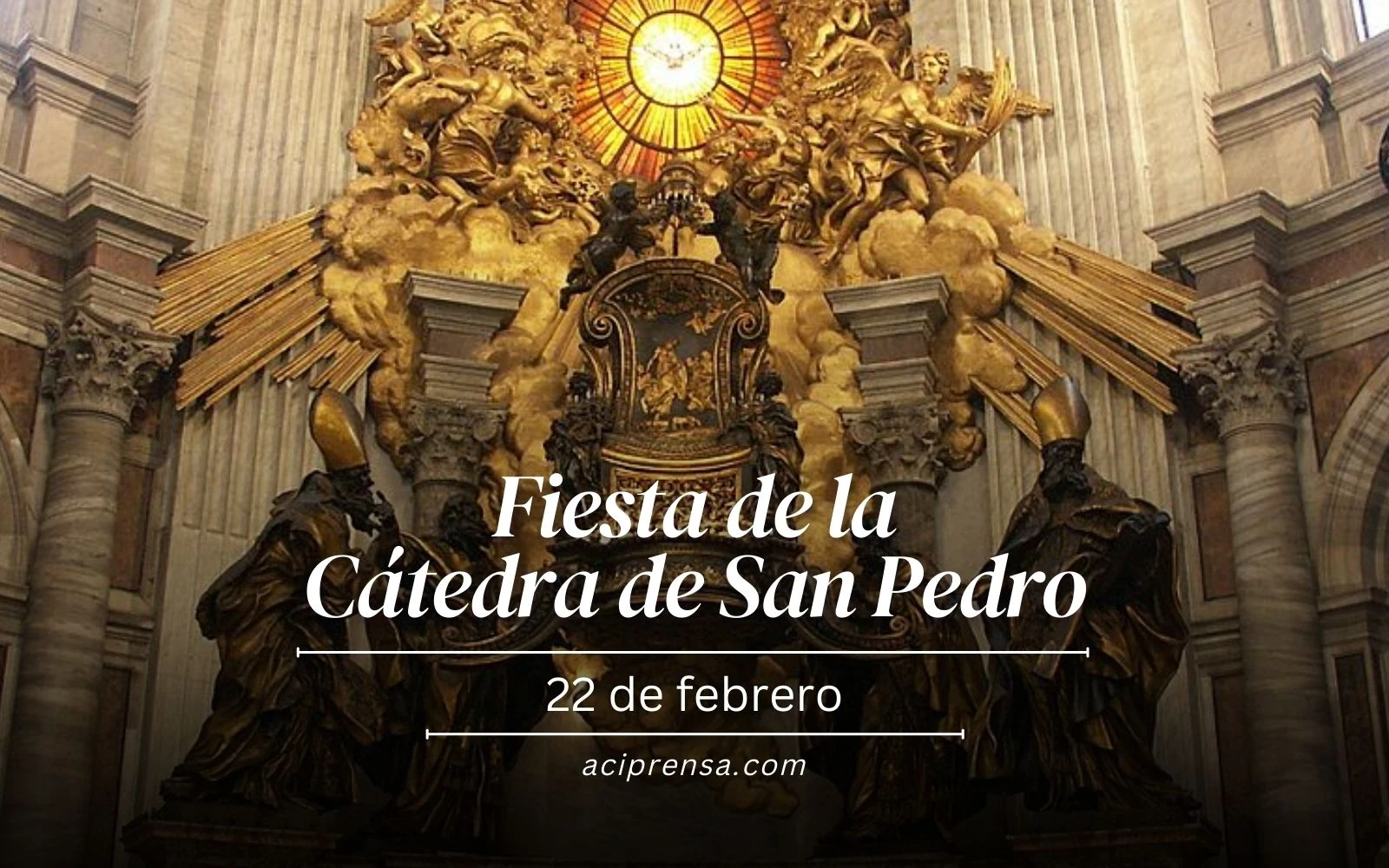The word ‘cathedra’ comes from Latin chair, which, in turn, is a loanword from ancient Greek. Originally it meant ‘seat’ or ‘throne’, a meaning that is still maintained today in Spanish, but with less use. ‘Chair’ usually refers to “the particular subject taught by a professor” (DLE). And it must be said that this is not coincidental. In the past, those who possessed knowledge and wanted to share or communicate it made use of the ‘cathedra’: a kind of pulpit or elevated seat from which they addressed an assembly. Naturally, those who enjoyed that privilege were those who had the dignity of ‘teachers’.
In the first centuries of Christianity, as the Church grew, organized and strengthened, the dignity of the ‘cathedra’ ceased to be reserved for secular teachers and began to be recognized in the bishops, those who announced Christ and taught his doctrine. . With even more reason, this would be the case of the bishop of Rome, the Pope, successor of Peter and representative of Christ on earth, the ‘first’ among the successors of the apostles, the bishops. This is how the expression ‘chair of Saint Peter’ began to be used to refer to the papacy and its dignity.
It should be added that initially ‘cathedral’, a derivation of ‘cathedra’, explicitly designated the church or temple from where a bishop guides, governs or teaches the flock that Christ entrusted to him. Today, the faithful may be less aware of this.
